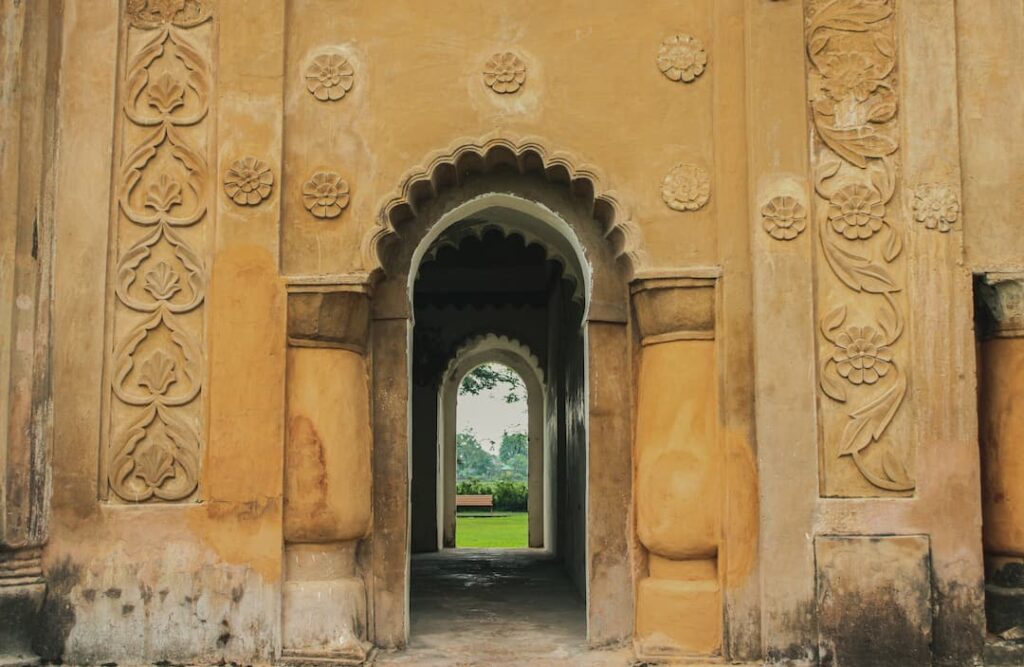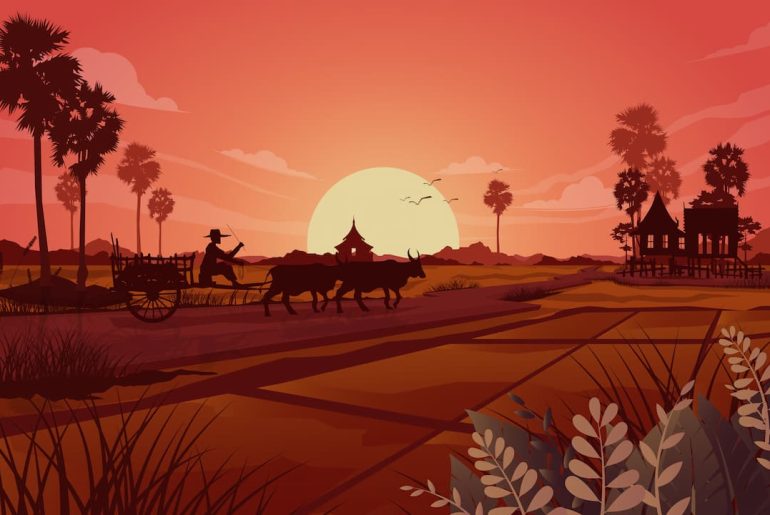The Ahom Kingdom was a powerful state in northeast India from the 13th to the 19th century, founded by Sukaphaa. The Ahom rulers were known for their military prowess, administrative abilities, and support of arts and culture. The last Ahom king, Purandar Singha, reigned from 1795 to 1811, and his rule was by conflict and declining resources. The dynasty ended after the final battle fought during his reign.

The Early Life and Rise to Power of the Last Ahom King
The last Ahom king Purandar Singha was born in 1751 to King Gaurinath Singha and his queen Kesatriya Kumari. He received a rigorous education in various fields and was trained in horse riding, archery, and sword fighting. He gained valuable experience in warfare and diplomacy while accompanying his father on military campaigns and served as the governor of upper Assam. After his brother’s death, Purandar ascended to the throne in 1795, but his reign was marked by several rebellions and increasing threats from neighboring powers.
Challenges Faced by the Ahom Kingdom in its Final Years
The last Ahom king Kingdom suffered from internal conflicts between factions and nobles, leading to a decline in central authority. Regional powers challenged the legitimacy of the king and royal court. External threats from neighboring powers such as the Burmese and British sought to expand their territories, leading to invasion and loss of resources. Declining economic resources weakened the Kingdom’s trade and commerce, with the British East India Company establishing a monopoly that further weakened the economy.
Last Battle of the Ahom Kingdom: The Defeat and Demise of the Last King
The Kingdom faced its last battle in 1817 against the invading Burmese forces. Despite using guerrilla warfare tactics, they were not well-equipped and suffered a crushing defeat. The last Ahom king Purandar Singha, the king, was taken prisoner and eventually killed, leading to the end of the Ahom Kingdom and its annexation by the British East India Company.
Legacy of the Last Ahom King: Impact on the Society and Culture of Assam
The Ahom dynasty in Assam ruled from the 13th to 19th century, encouraging the arts, literature, and architecture. Notably, the integration of various ethnic groups created a unique cultural identity. The last Ahom king, Purandar Singha, abolished forced labor, introduced a new tax system, and established a new capital city while supporting arts and literature during his reign.
Historical and Cultural Significance of the Ahom Kingdom Today
The Ahom dynasty’s customs and language still impact Assam today. They were resilient against foreign invaders, bringing pride to the region. The Ahom kingdom acted as a buffer state for India and Southeast Asia and spread Hinduism in Assam. The last Ahom king marked the beginning of British colonial rule. The interpretation of the Ahom kingdom’s historical records is debated.
Modern-Day Remembrance and Commemoration of the Last Ahom King
Memorials and monuments celebrate the last Ahom king’s contributions to Assamese culture. The Rang Ghar Amphitheater is a popular tourist attraction. Festive events like the Rongali Bihu celebrate the Ahom period. The last Ahom king, Purandar Singha, is revered for his contributions to culture and society. He supported arts and literature and celebrated cultural events and festivals.






